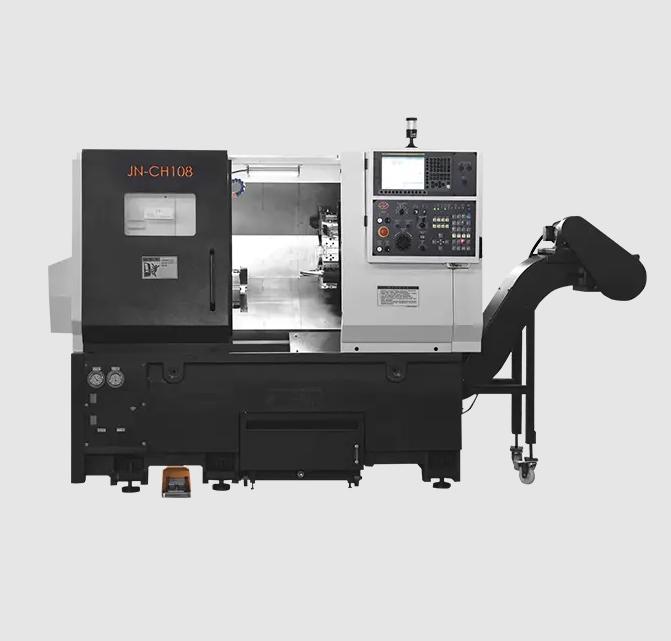In machining workshops, lathes have always played a central role in shaping cylindrical parts. While manual lathes have been widely used for decades, Automatic Lathe Machines are now preferred in many production environments. Understanding the differences between these two types can help in selecting the right equipment for specific needs.
Manual lathes require continuous operator attention. The user must set up the workpiece, adjust cutting tools, and monitor each operation. This allows for greater flexibility in small batches or one-off jobs. However, manual control also introduces variability and limits productivity.
Automatic lathe machines, by contrast, are designed to run with less intervention. Once programmed and set up, they can complete complex sequences of operations without further manual adjustments. This makes them ideal for high-volume production where consistency and speed are critical.
One of the key advantages of automatic lathes is the ability to maintain dimensional accuracy across hundreds or thousands of parts. CNC programming allows precise replication, which helps reduce scrap and rework. Additionally, many automatic lathes are equipped with multiple spindles or tool stations, enabling them to complete multiple steps in a single cycle.
Safety is another factor. With fewer manual interactions, automatic machines can reduce the likelihood of operator error or injury. Enclosed working environments and automated tool changes further support a safer workspace.
That said, automatic lathes may require a higher initial investment and training to operate. Operators must understand programming logic and maintenance routines. However, the long-term benefits—faster turnaround times, fewer defects, and scalable production—can make the investment worthwhile.
Choosing between manual and automatic lathes depends on job requirements. For low-volume or highly customized parts, manual options may suffice. For consistent output and reduced labor, automatic lathe machines offer a dependable solution.
